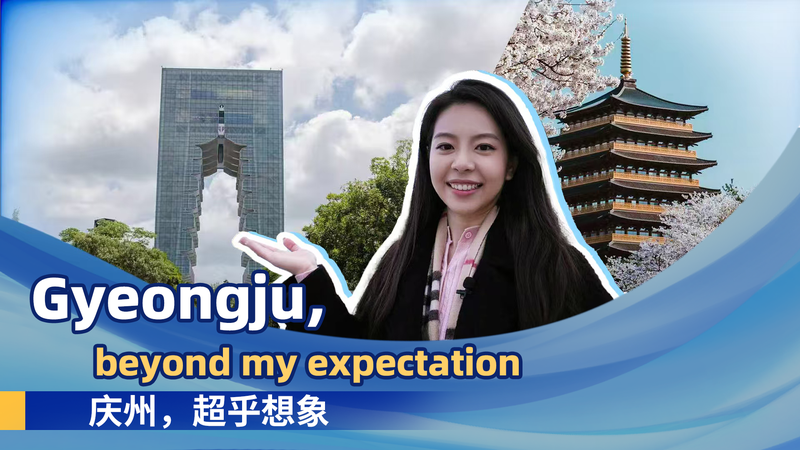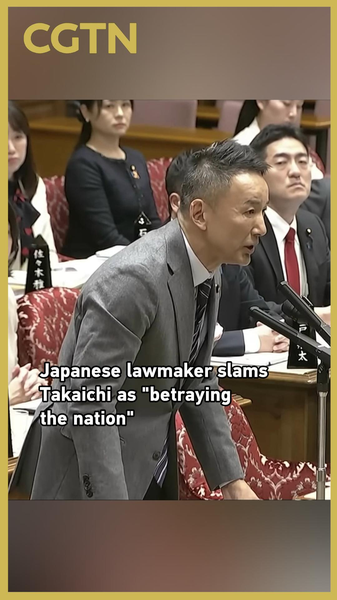Perched on the east coast of the Republic of Korea, Gyeongju is often dubbed “a museum without walls.” For over a millennium, this ancient capital has been a crossroads of ideas, art and trade. Today, as the APEC Leaders’ Meeting convenes nearby, Gyeongju’s quiet streets and temple-dotted hills are the unlikely backdrop for a global dialogue on connection and prosperity.
Wandering among sacred pavilions and timeworn pagodas, you can almost hear echoes of history guiding modern innovation. From the stone observatory at Cheomseongdae to the intricate woodwork of Bulguksa Temple, each corner tells a story of cultural exchange that spans centuries. It’s in this setting that delegates and entrepreneurs alike find inspiration, drawing on the past to tackle challenges like sustainable growth, digital transformation and economic inclusion.
Just beyond the ancient city walls, new tech zones hum with ideas. Startups are setting up shop alongside legacy artisans, forging partnerships that bridge generational wisdom with cutting-edge research. Universities and think tanks are hosting roundtables on AI ethics, renewable energy and cross-border investment—proving that the seeds of tomorrow’s breakthroughs can sprout from even the calmest places.
Gyeongju reminds us that sometimes the most powerful ideas for the future emerge when we pause to listen to the past. As world leaders and changemakers gather for APEC, this 1,000-year-old city is more than a historic site—it’s a compass pointing toward innovation, resilience and shared prosperity.
Reference(s):
cgtn.com




